Viruses may prevent ‘explosions’ in sea lice populations, offering natural control agent for salmon parasites, researchers say
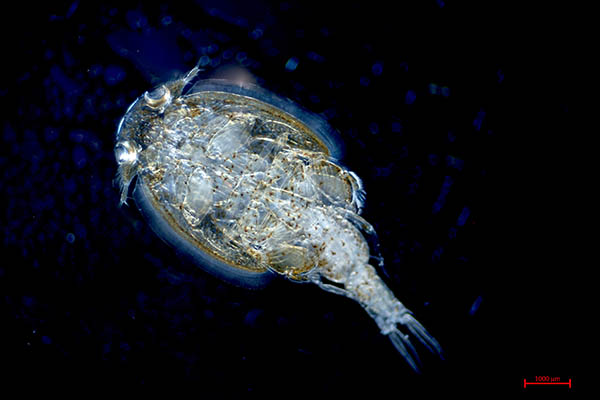
A new study conducted by University of British Columbia (UBC) researchers could shed greater light on the types of viruses being carried by sea lice, and how the viruses and host are interacting.
Sea lice are parasitic copepods (small crustaceans) found in many fresh and saltwater habitats and have been implicated in the decline of wild salmon populations. The study, which was published in PLoS Pathogens, has identified more than 30 previously unknown RNA viruses in sea lice.
“We found many more types of viruses than are known in sea lice or their distant relatives,” said Dr. Curtis Suttle, senior author of the paper and UBC marine microbiologist. “The lice are mounting an immune defense response to many of these viruses indicating that they are replicating.”
The research team analyzed RNA from three species of sea lice (Lepeophtheirus salmonis, Caligus clemensi and Caligus rogercresseyi) that have a large ecological and economic impact on fish and fisheries. The data were obtained from sea lice removed from out-migrating juvenile salmon collected in the waters surrounding the Discovery Islands and Broughton Archipelago on the northeastern side of Vancouver Island, as well as from farmed salmon in Chile.
Sea lice are a big problem for the fish aquaculture industry worldwide due to their proliferation among dense populations of farmed fish. Chemical treatments have failed to solve the problem.
Viruses tend to kill species that flourish, so populations that might otherwise take over an ecosystem are often controlled by viruses. By infecting and weakening their hosts, viruses maintain balance in nature.
“In a natural system, viruses may prevent explosions in sea-lice populations by rapidly replicating when densities become high, and so might form a natural biological control agent for a parasite of salmon,” says Dr. Suttle.
The viruses encompassed all the major groups of RNA viruses, with many likely representing new families and genera. Surprisingly, the closest relatives of some of the newly discovered viruses are only known to infect plants or fungi. According to the researchers, this implies that over evolutionary time, viruses jumped between fungi and arthropods, a group of animals that includes crustaceans such as sea lice and crabs, as well as spiders and insects.
Follow the Advocate on Twitter @GSA_Advocate
Now that you've reached the end of the article ...
… please consider supporting GSA’s mission to advance responsible seafood practices through education, advocacy and third-party assurances. The Advocate aims to document the evolution of responsible seafood practices and share the expansive knowledge of our vast network of contributors.
By becoming a Global Seafood Alliance member, you’re ensuring that all of the pre-competitive work we do through member benefits, resources and events can continue. Individual membership costs just $50 a year.
Not a GSA member? Join us.
Author
Tagged With
Related Posts
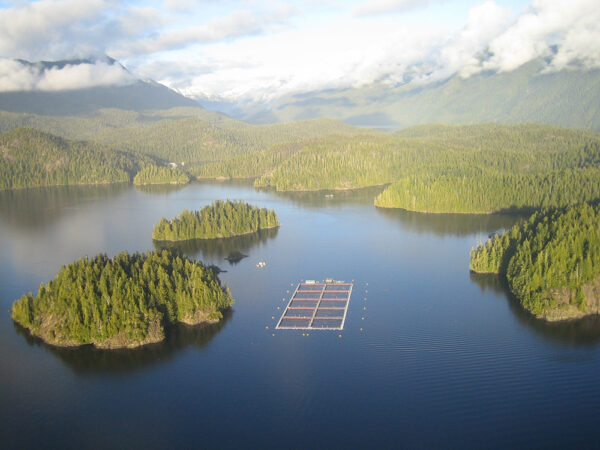
Health & Welfare
Government of Canada science report says salmon farms don’t spread sea lice to wild fish
A scientific report has concluded that sea lice on farmed salmon do not impact sea lice levels on wild juvenile salmon in British Columbia.
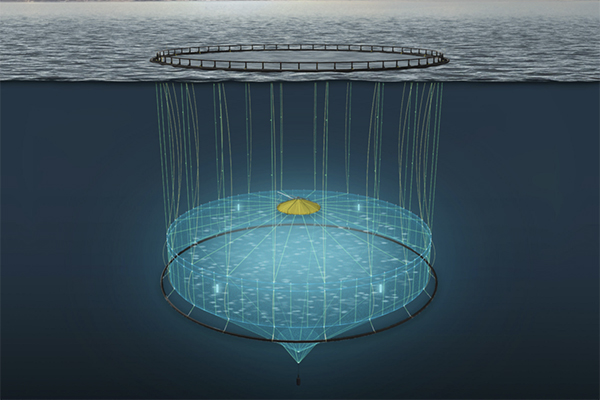
Innovation & Investment
Is deep-water aquaculture the way for salmon farmers to beat sea lice?
AKVA Group says recent trials reveal low sea lice numbers and reduced treatments when using its deep-water aquaculture technology.
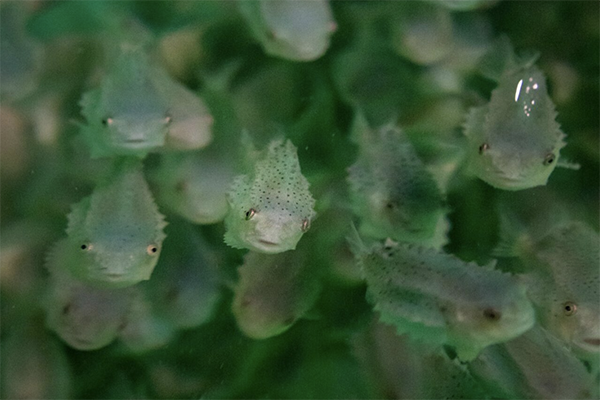
Innovation & Investment
Could new technology transform how salmon farming combats sea lice?
Sea lice plague salmon farms globally, but scientists and aquaculture are turning to technology to prevent and manage the pests.
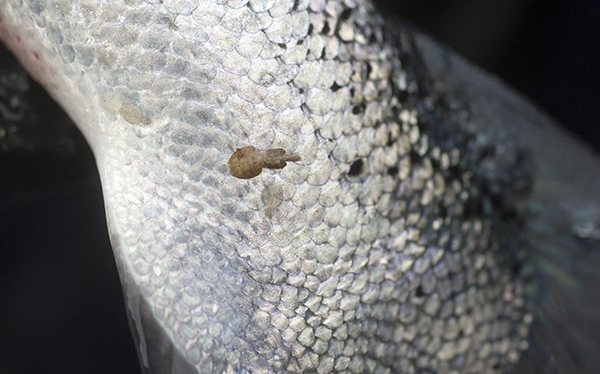
Health & Welfare
Gene editing eyed as a potential sea lice solution
A Nofima-led study is exploring the possibilities of using gene editing to make salmon more resistant to sea lice.



